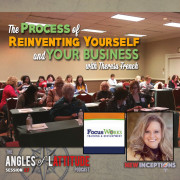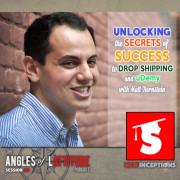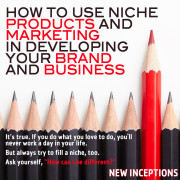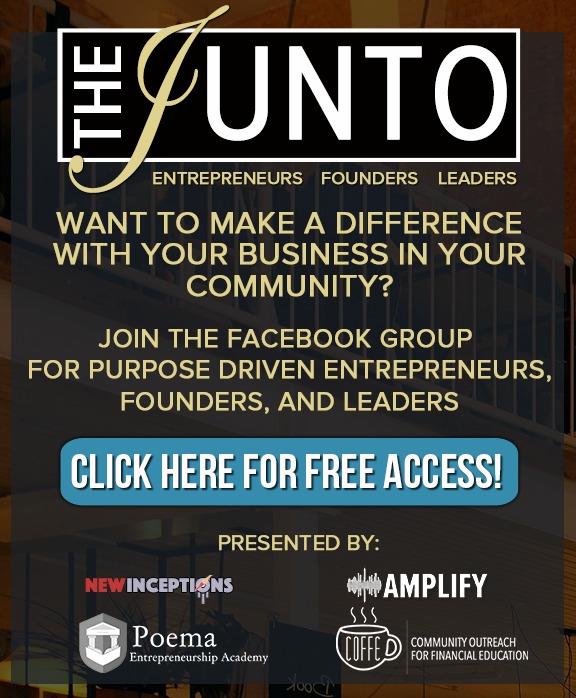Zephan Blaxberg: Re-Scripting Your Life Through a Year of Purpose (AoL 028)
They say that your life can change by simply meeting one person. That new person can connect you to world that you only dreamed of living in. For some people, it might be landing that awesome job at a Fortune 500 company. For others, it might be finding a coach that will push them to excel and do more in life. Yet for others, it might just be that first client that will not only be a future raving fan but might actually be a mentor for years to come.
I think about that last one quite a bit. Not necessarily because I’m looking to find a mentor. No, I have my own.
Actually, I think about it because I want to help others succeed. So much has been given to me that I want to pass that power on to others.
This session’s guest, Zeph Blaxberg, knows all about this feeling. He, too, had a mentor that broke him out of mental jail. Working at an Apple Store as a fan of Apple’s… sure, that might sound like a great opportunity. However, when approached by his first client, he was quickly transformed to someone that was unemployable.
Like me, he wants to give back to others. He wants to help people break free of their every day lifestyle and live the life they could only dream of. He does this through multiple platforms including, but limited to, his podcast, a book, and an inner city social program that he helps with regularly.
Recently he was a guest on Pat Flynn’s podcast as someone that is indeed going places. So much so, that he inspired Pat to place an image of him on one of his keynote speeches.
In this chat between Laila, JC, and Zeph, we learn about his experience being featured on Pat’s podcast, his book and where the idea of it came from, his thoughts on the “fad of entrepreneurship”, and the success he had after hiring a business coach.
If you ever have felt that you want and deserve a better life, maybe you just haven’t met that one person – or people – yet. We hope our chat today can help you re-script your life.
SPECIFICALLY, YOU’LL FIND OUT MORE ABOUT:
- Where his unusual name comes from.
- What his high school experience was like and how he received double credit for it.
- What the SPI podcast meant to Zephan when he first heard it.
- What he’s realized about Pat after meeting him in person.
- What it was like to have an impact on Pat.
- When he felt like he had “arrived”.
- When he hired his business coach and what that did for him and his success.
- What his current work is focused on.
- When he knew it was time for him to write a book.
- How the launch for the book went and what he learned from the whole experience.
- What Zephan believes makes his podcast successful.
- The secret to getting busy guests on your podcast.
- Why he does the podcast the way he does.
- His thoughts on the “fad of entrepreneurship”.
- …and MUCH more.
Right click here and save-as to download this episode to your computer.
ITEMS and PEOPLE MENTIONED IN THIS EPISODE:
- Zeph’s Web Site / His Book’s Site
- Play Flynn’s Interview of Zeph
- Chandler Bolt on Zeph’s Podcast
- Fizzle Show – Get Fizzle-fied! Get 2 weeks free membership here.
- Solopreneur Hour Podcast
- Unmistakable Creative Podcast
- Jessica Rhodes – Interview Connection
- Mike Macapinlac’s Interview (session 22)
- Deep Work by Cal Newport
- Steve Harvey saying inspirational stuff to his audience
- Alan Watts (I had not heard of this guy – but WOW! thanks Zeph!)
- AMS – Pics from Scotty’s Shamrock Shuffle on Facebook
- AMS Event Listing
- Hostgator – Want a real business? Build a website. Save 20% if you do it with Hostgator.
SHOW NOTE EXTRAS:
Zephan’s Filmography Company: ZMBMedia
Zephan’s Podcast Interview with Tara Magalski:
Pat’s Podcast Interview of Zephan (SPI Session 202)
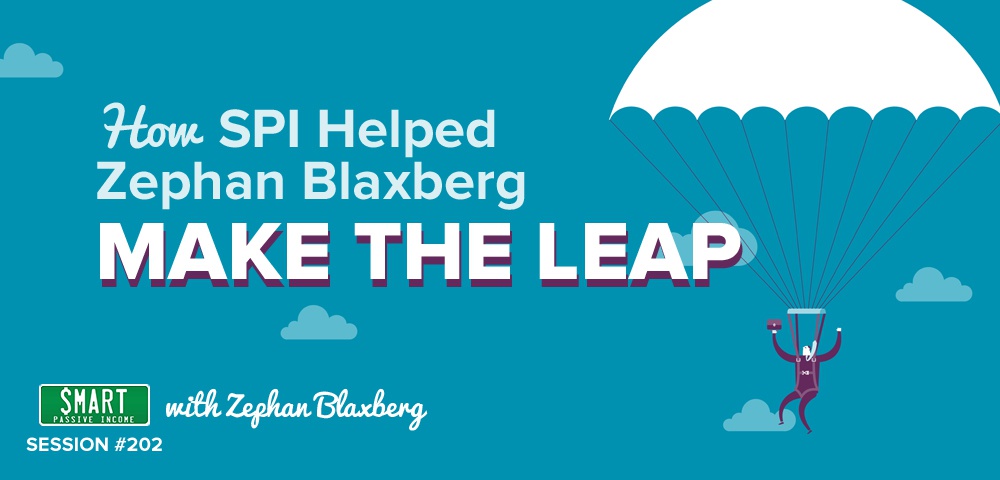
Zeph Interviewed by Alex Harris:
BONUS: Zeph’s 2014 presentation on Overcoming Your Fear of Being on Camera
Thanks for Listening!
Thanks so much for joining us again this week. Have some feedback you’d like to share? Leave a note in the comment section below!
If you enjoyed this episode, please share it using the social media buttons you see at the top of the post.
Also, please leave an honest review for The AoL Podcast on iTunes! Ratings and reviews are extremely helpful and greatly appreciated! They do matter in the rankings of the show, and we read each and every one of them.
If you have any questions feel free to email them over via the email mentioned in the show or by our contact form.
And finally, don’t forget to subscribe to the show on iTunes, Stitcher, and/or Podbean. It’s absolutely free to do so.
A huge thank-you to you guys for joining us!
Cheers!



